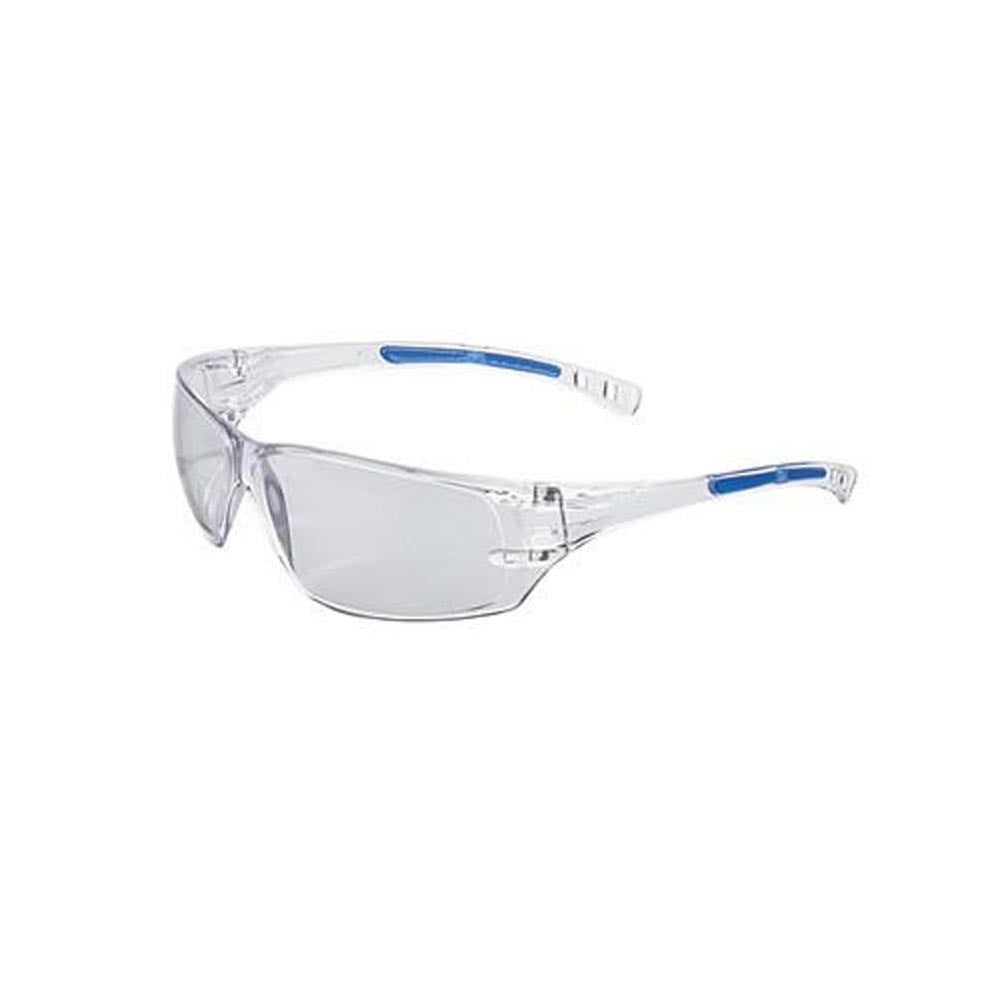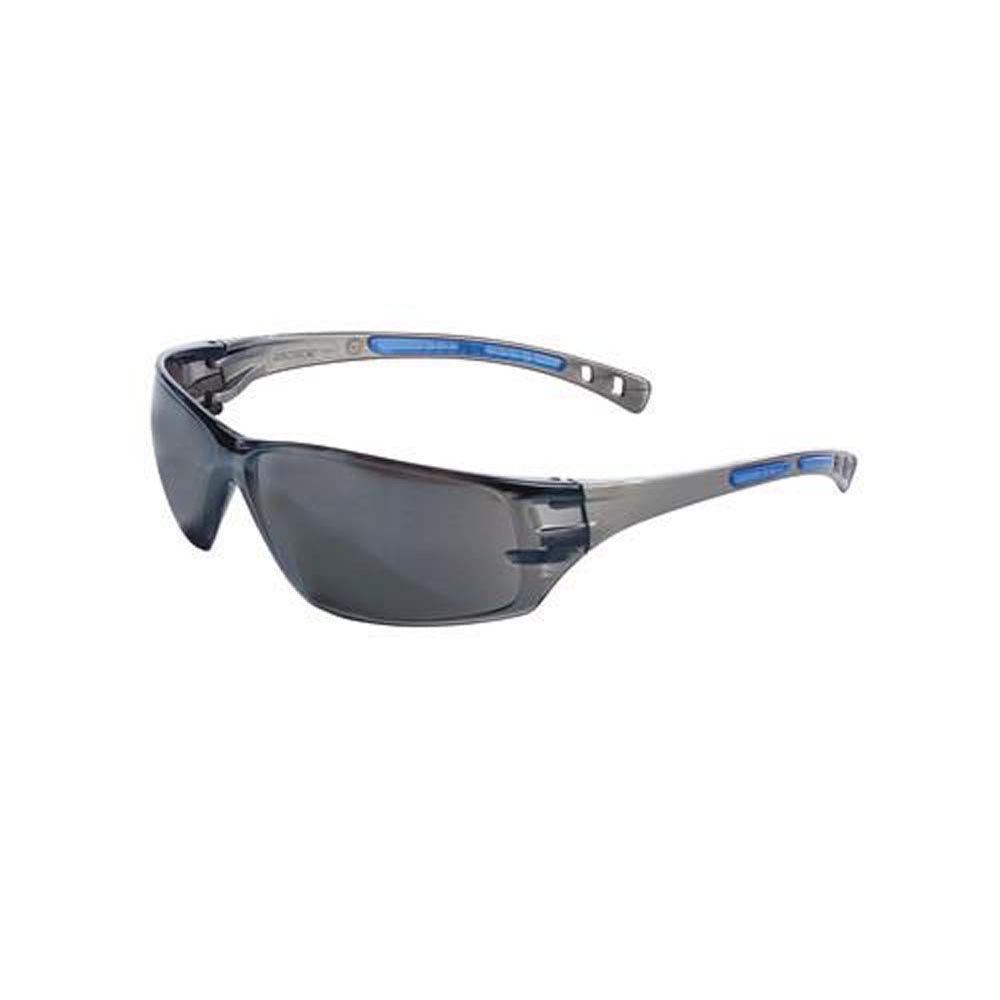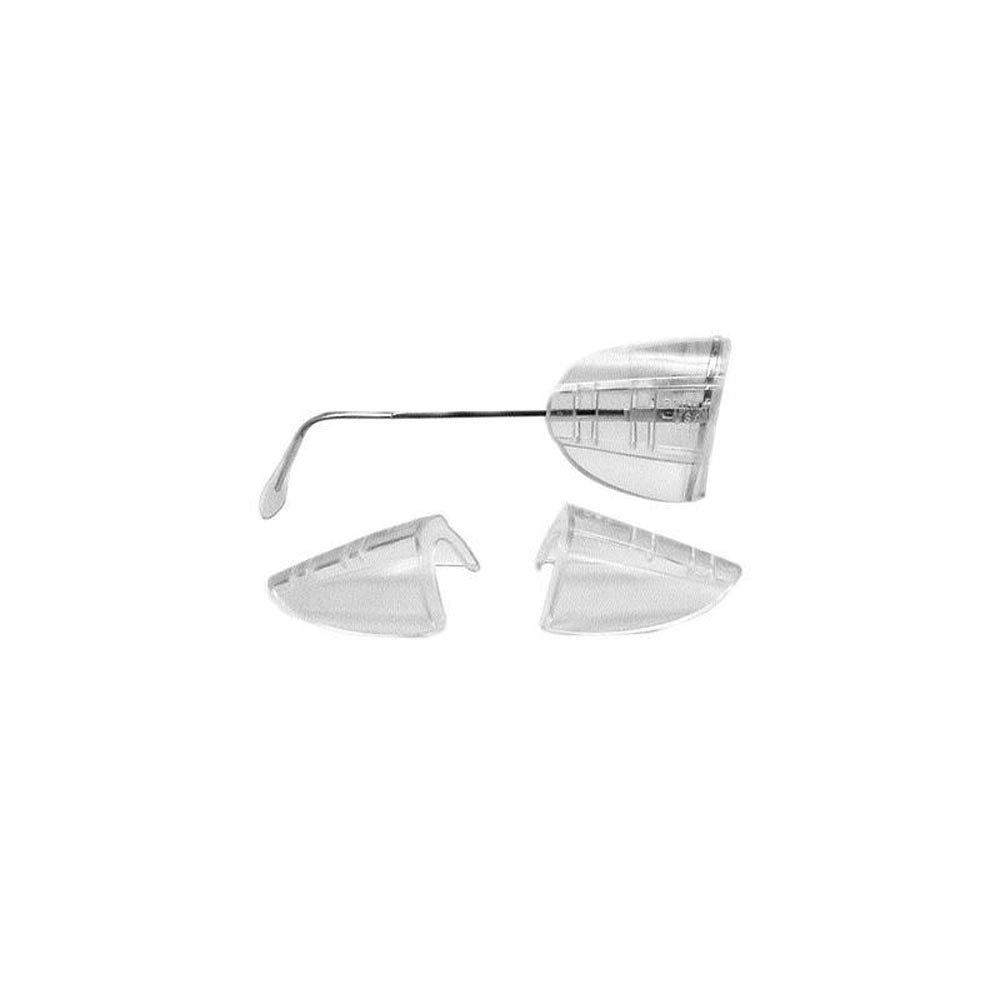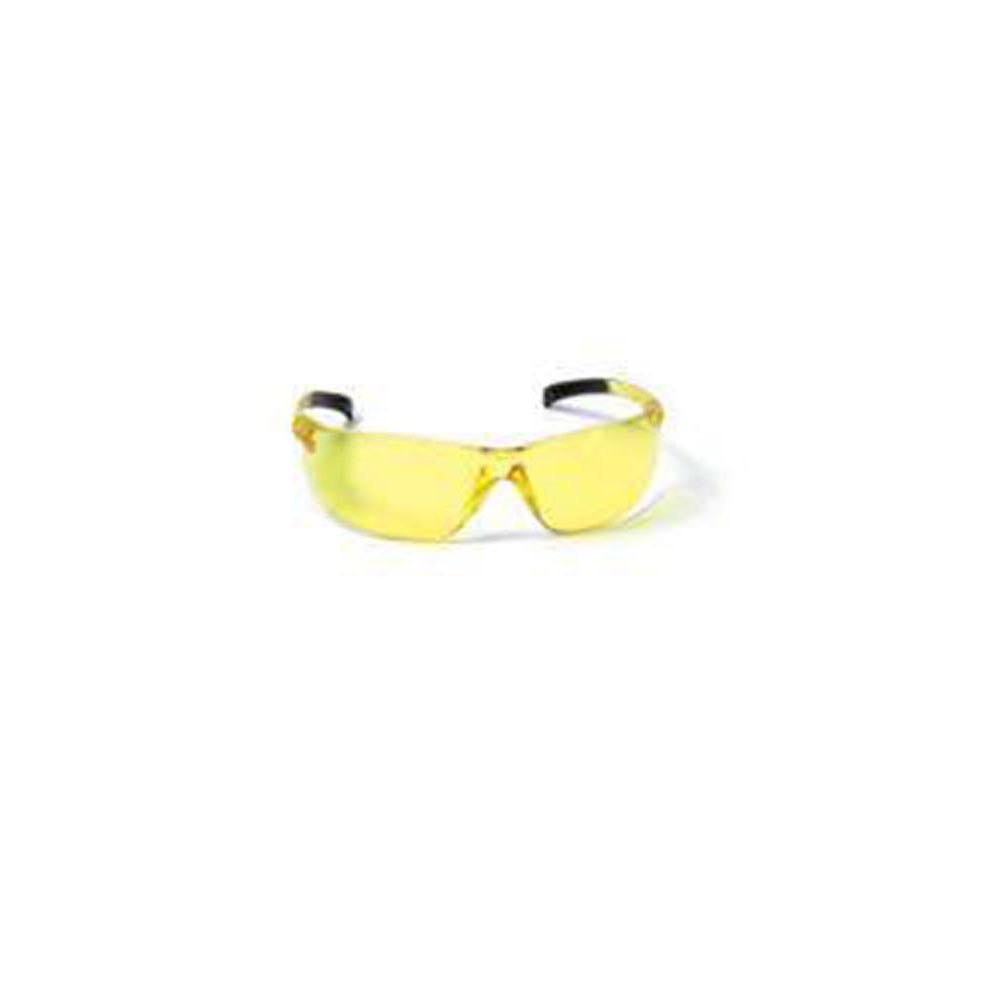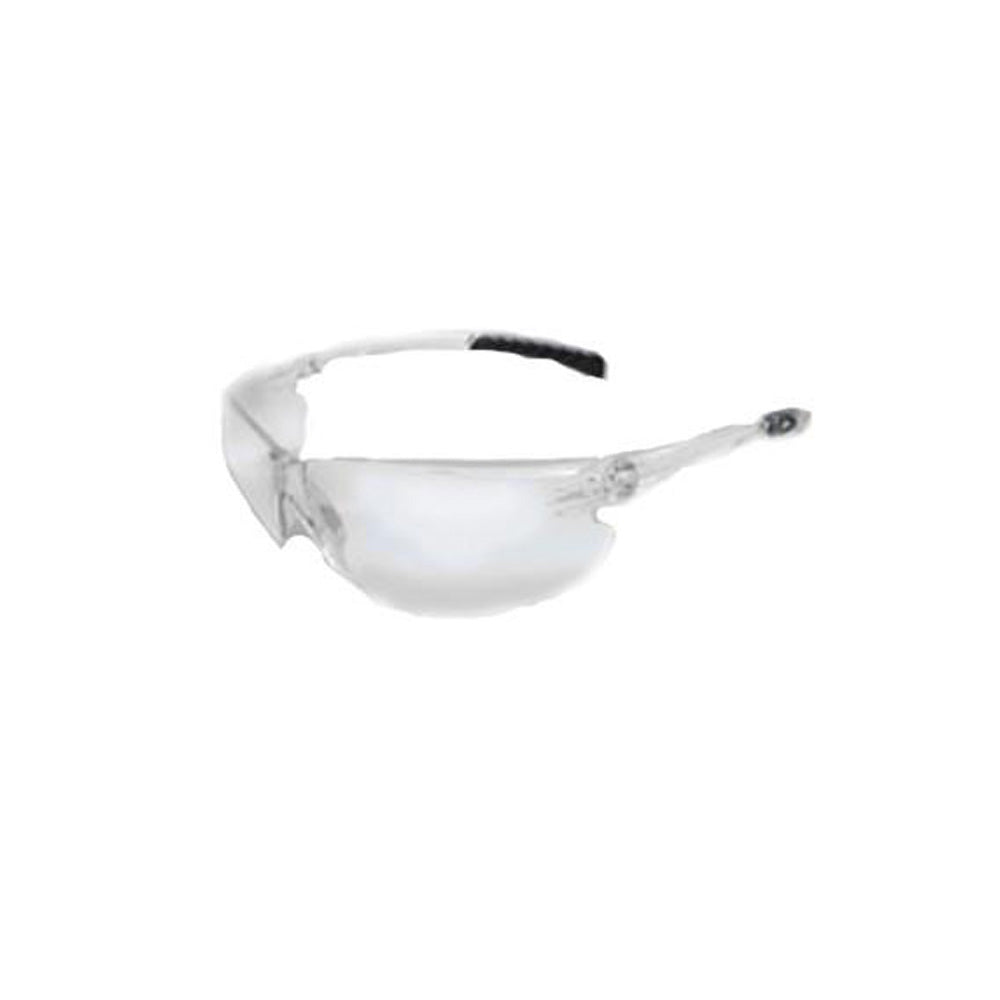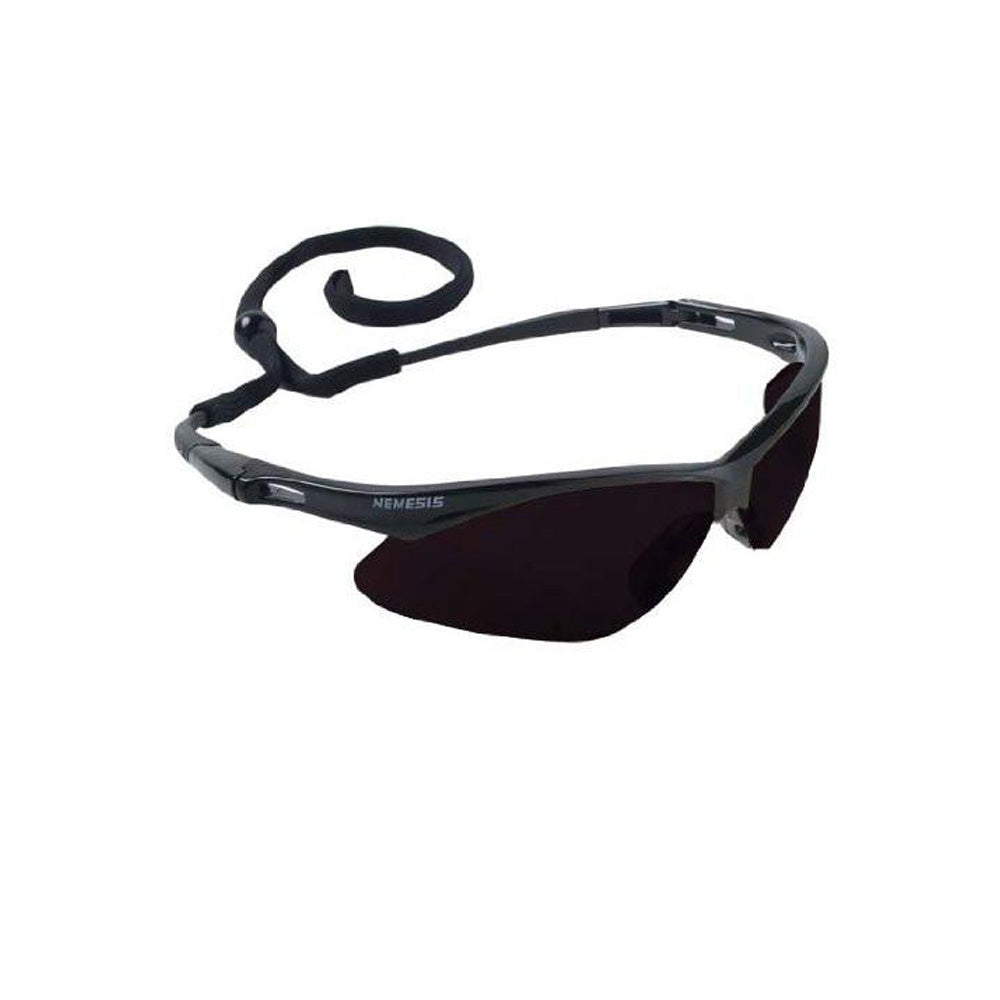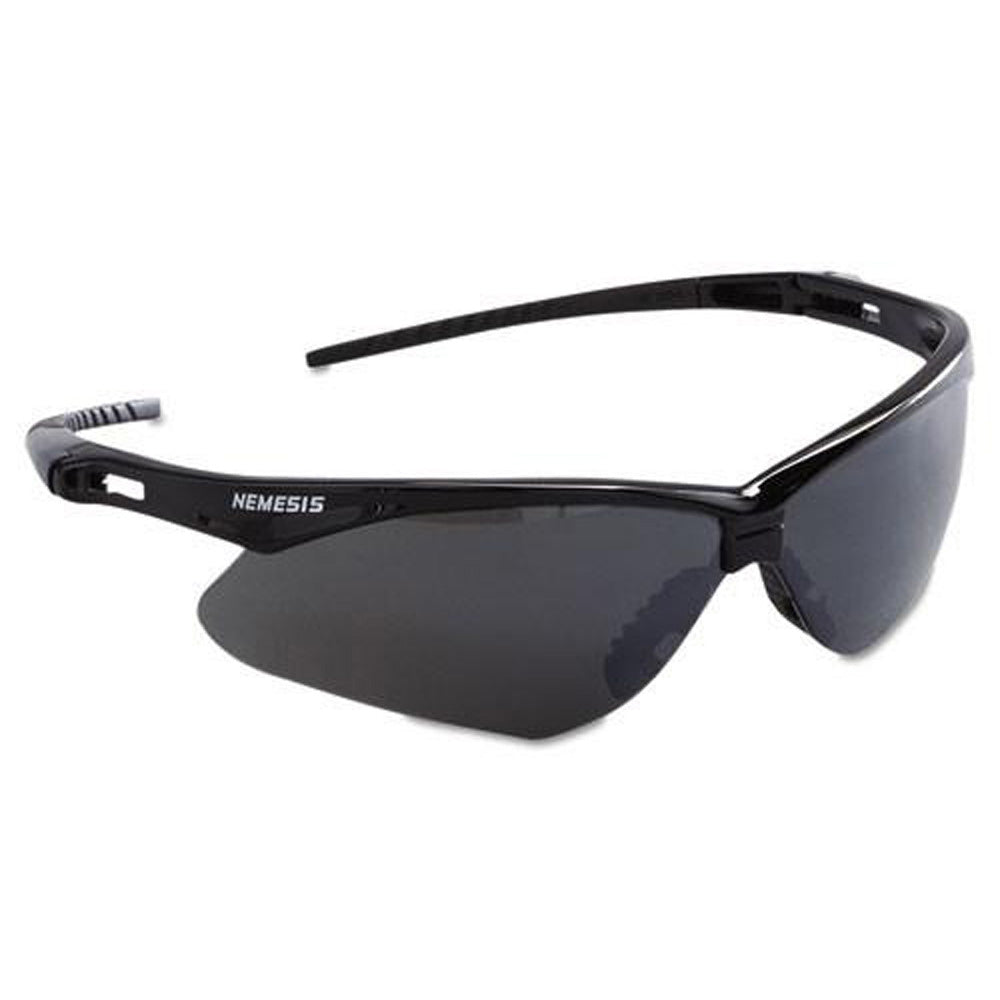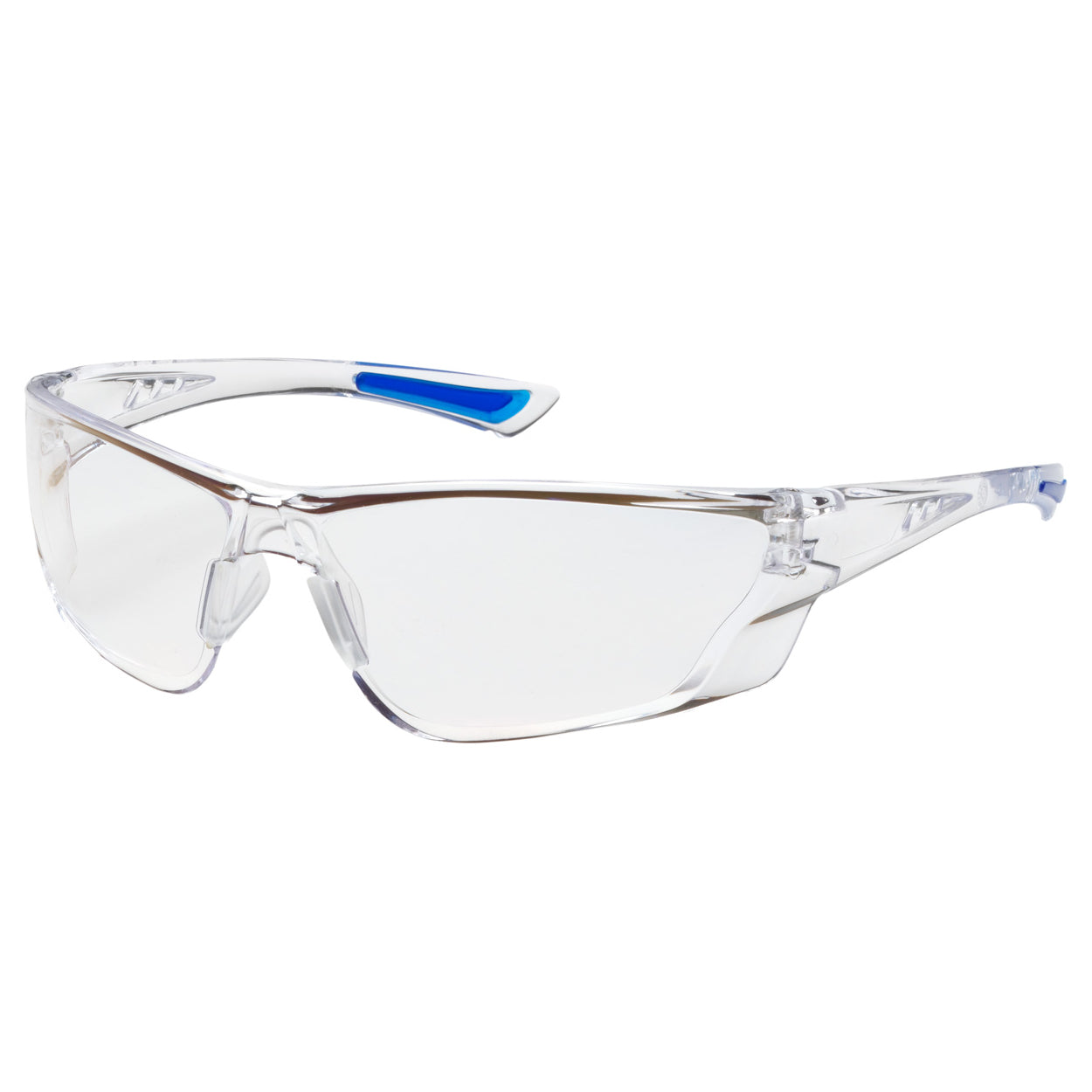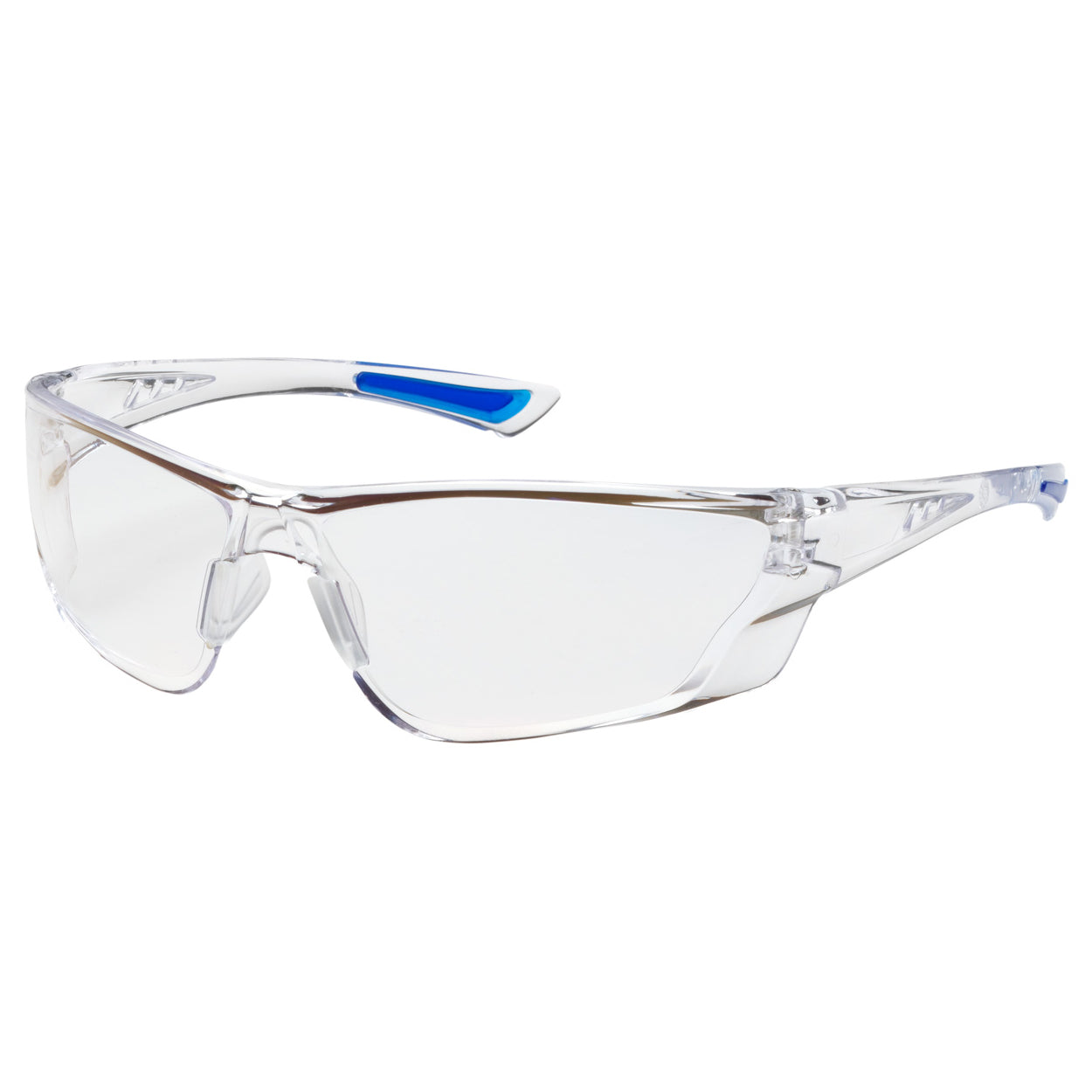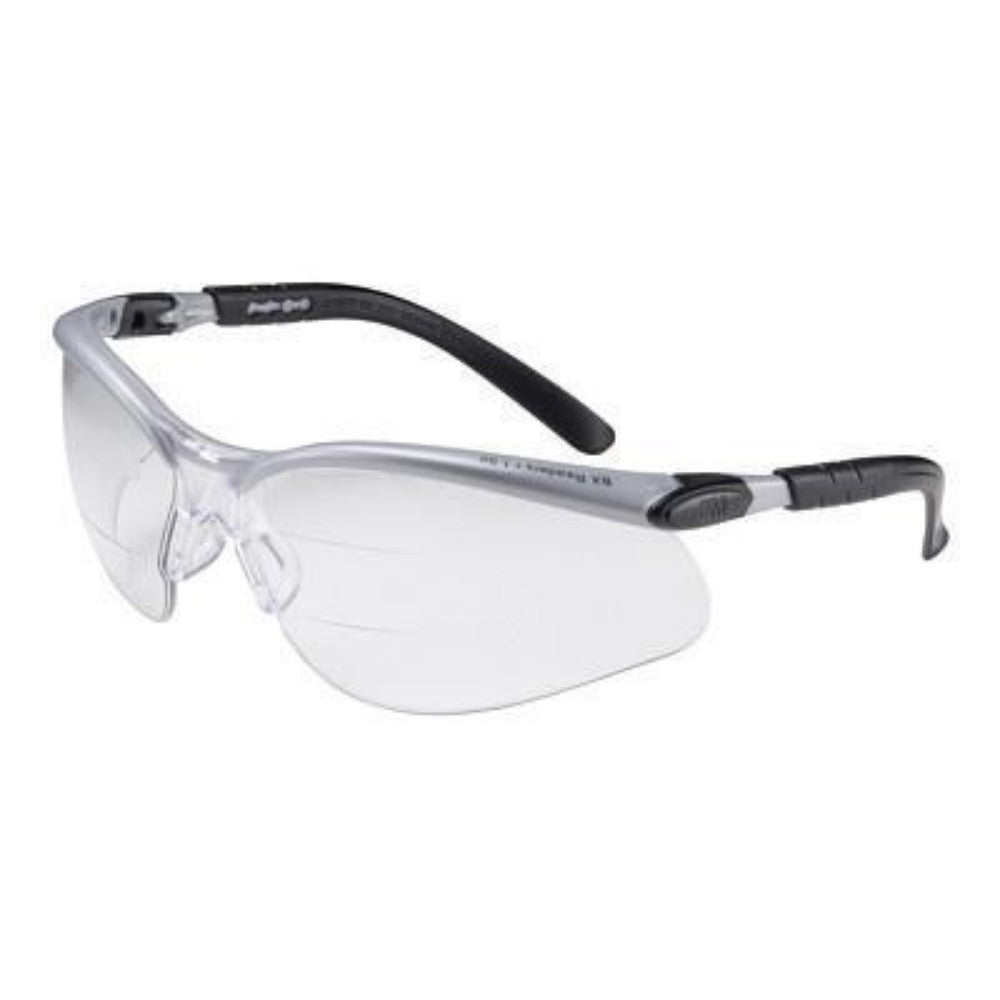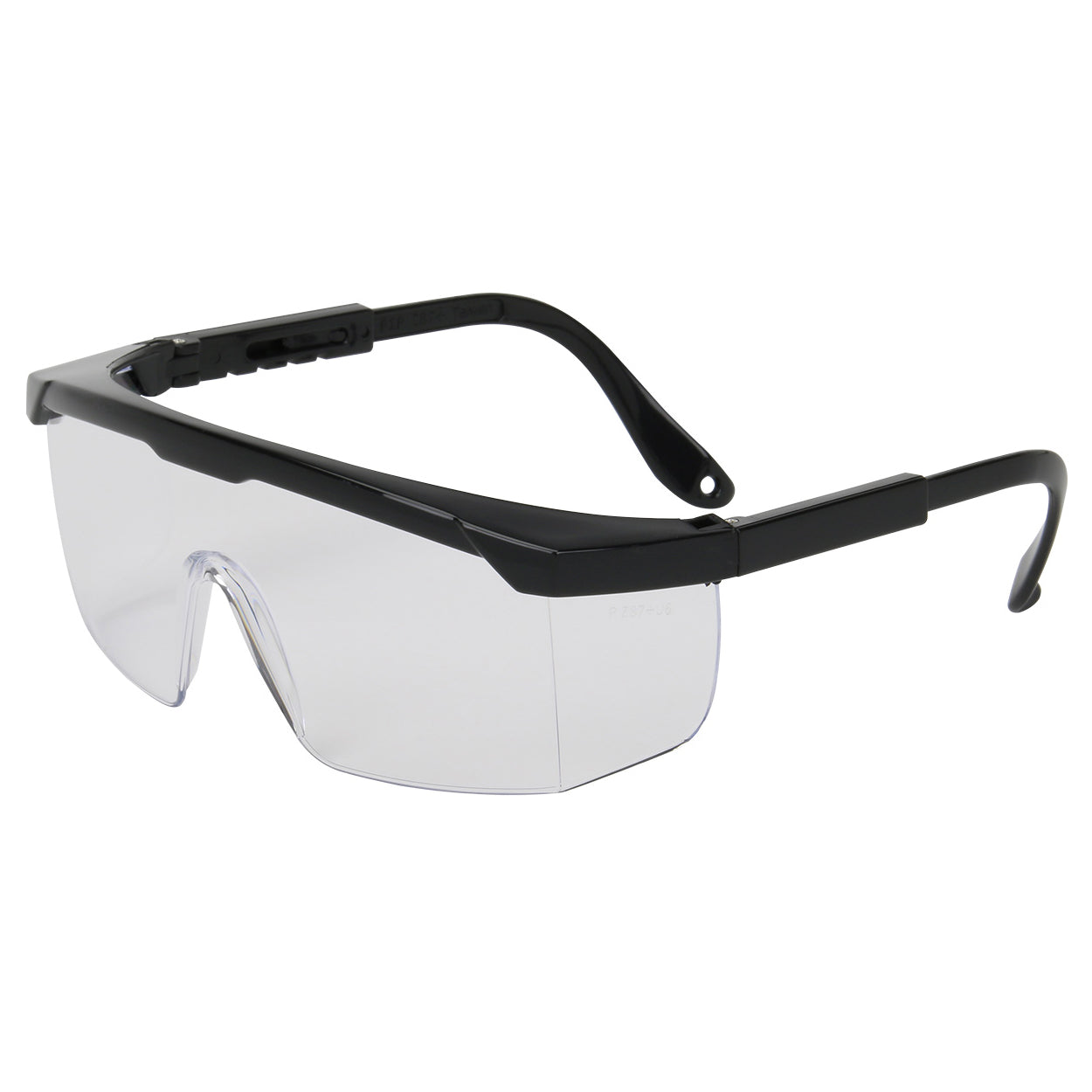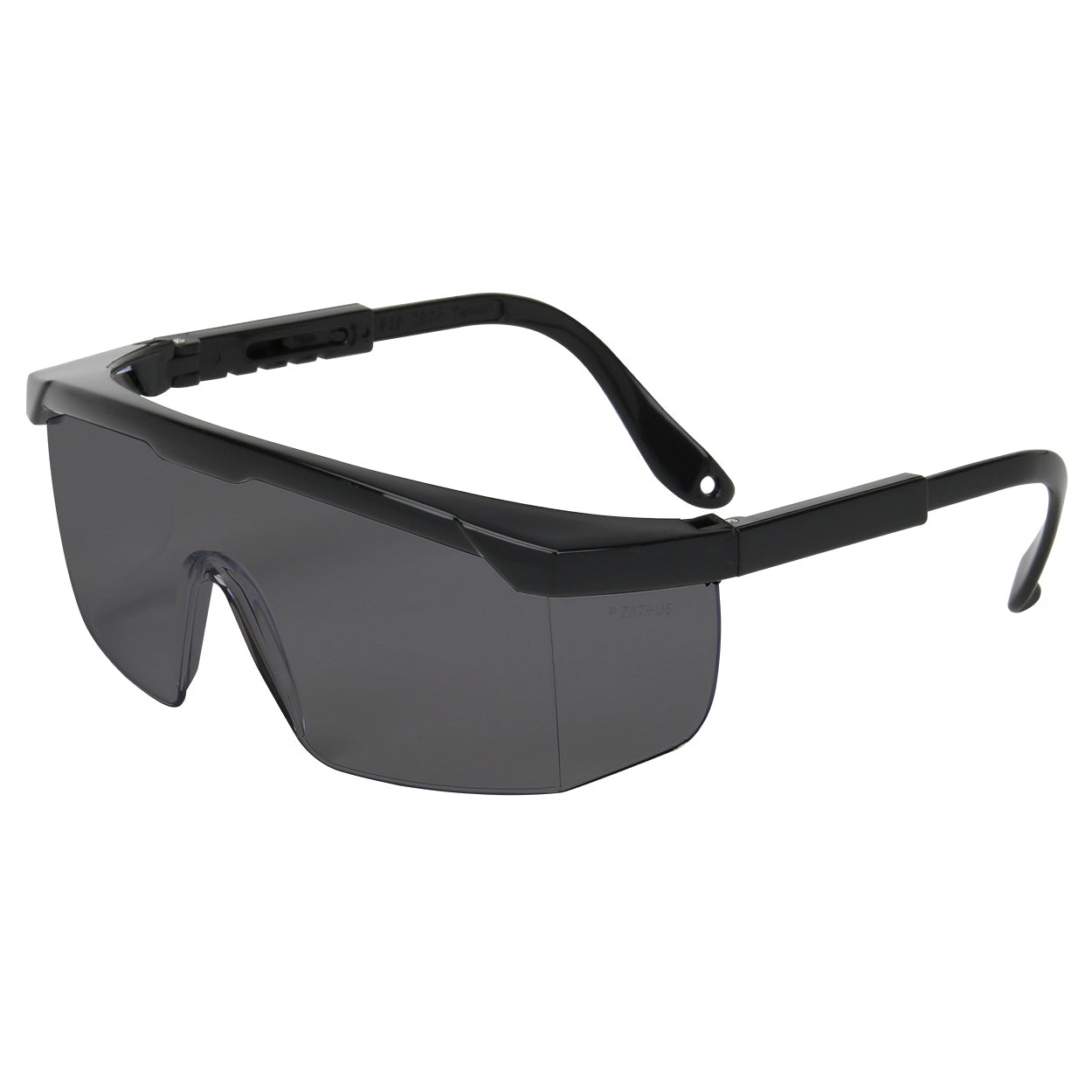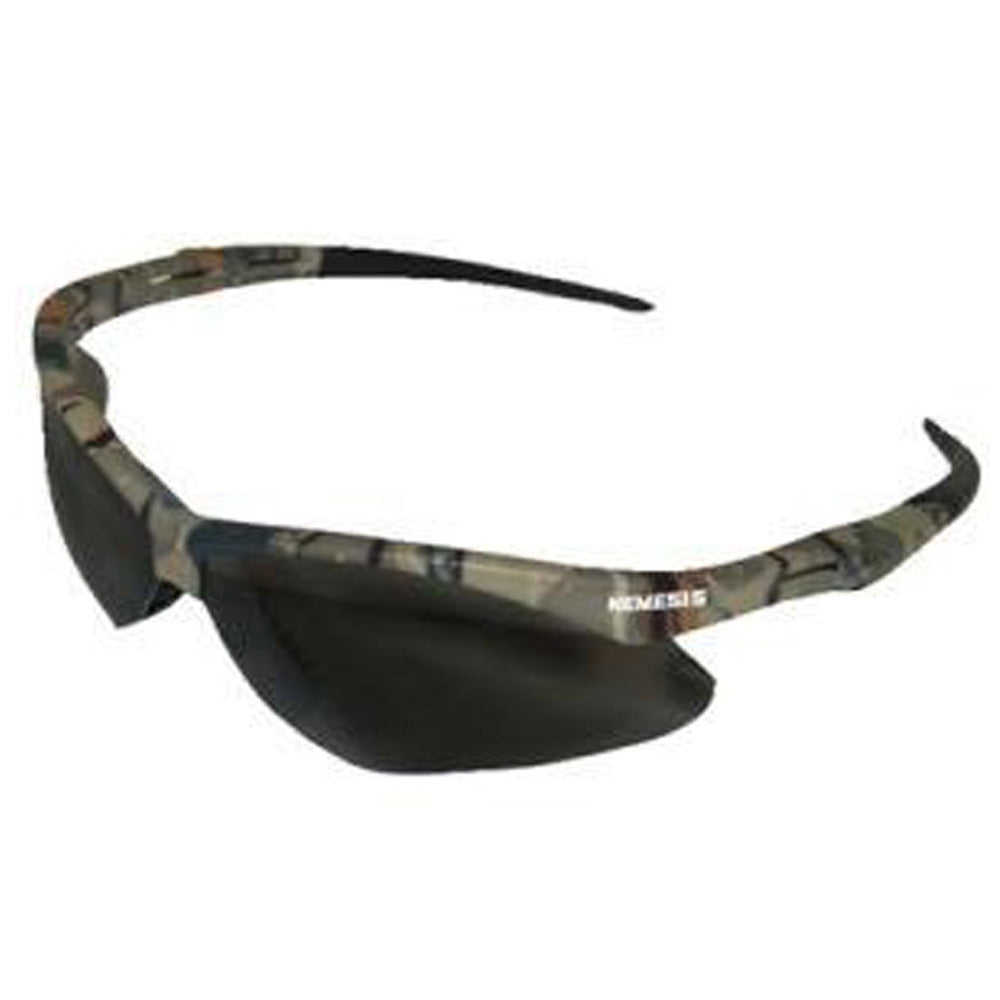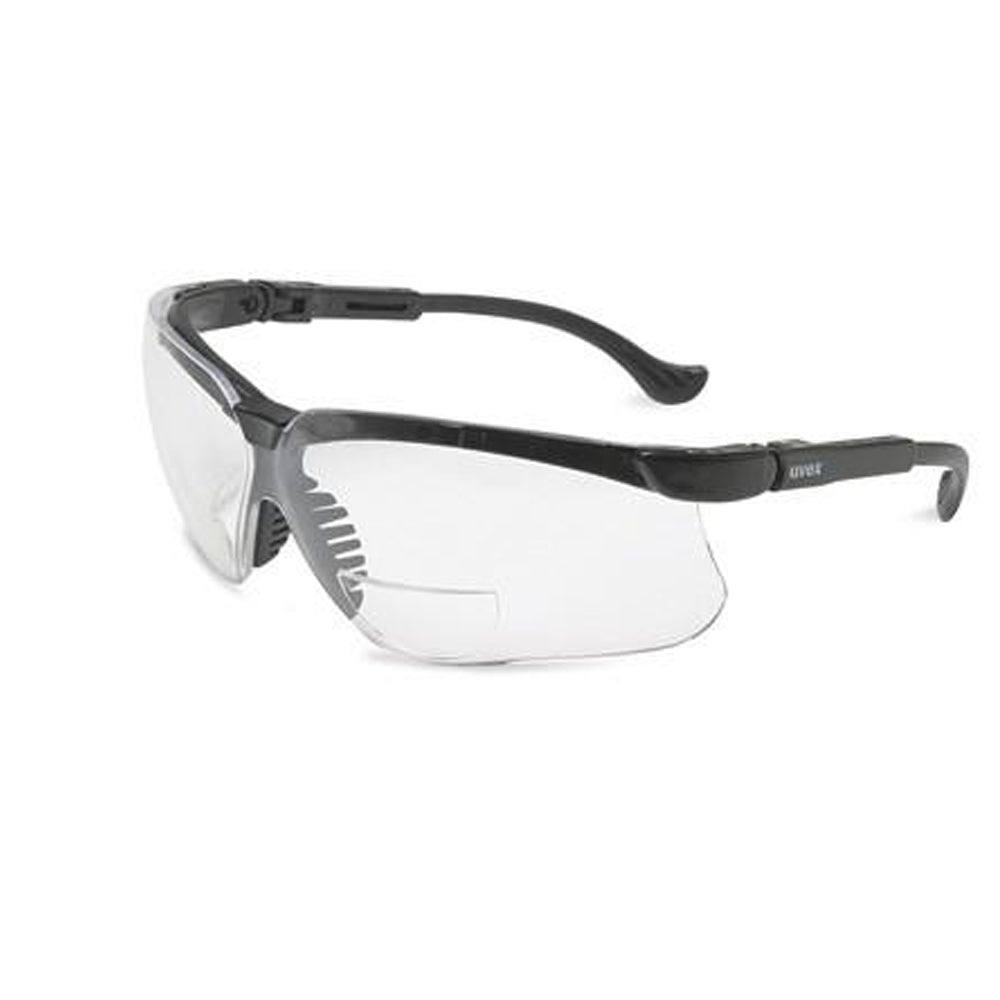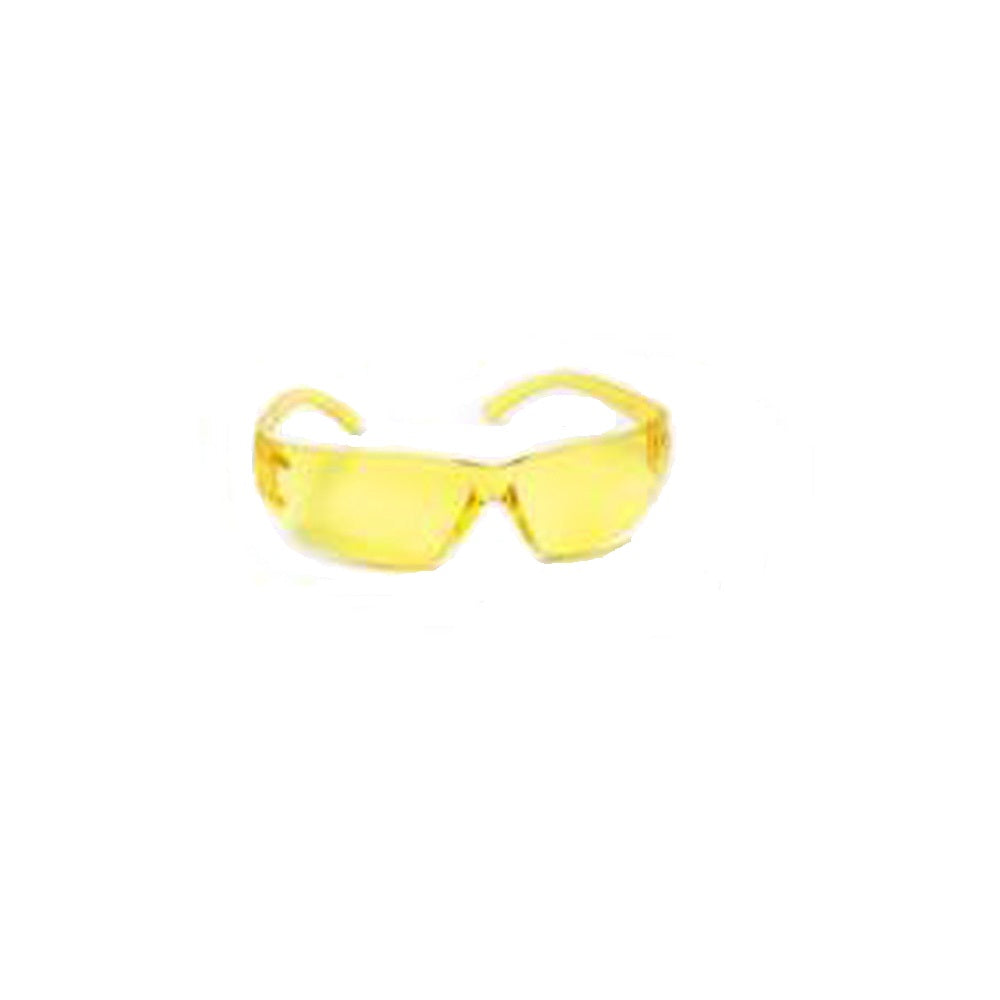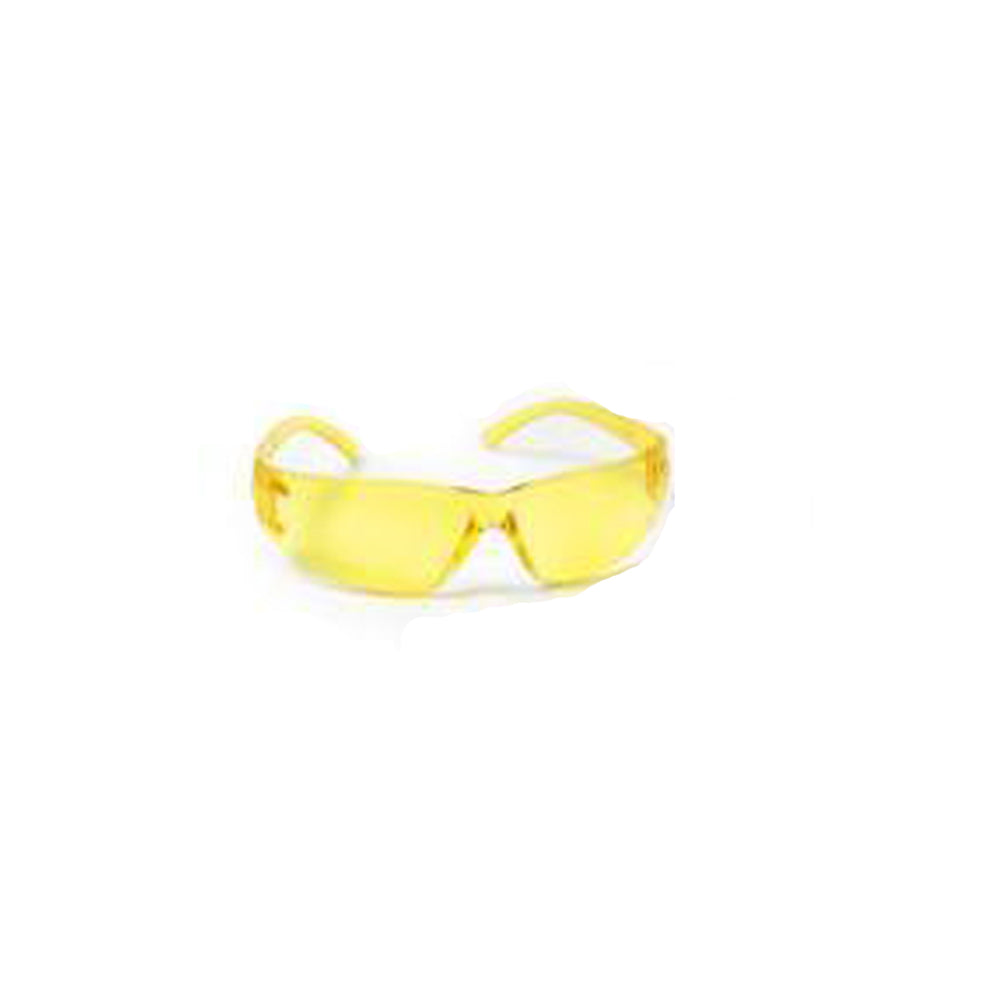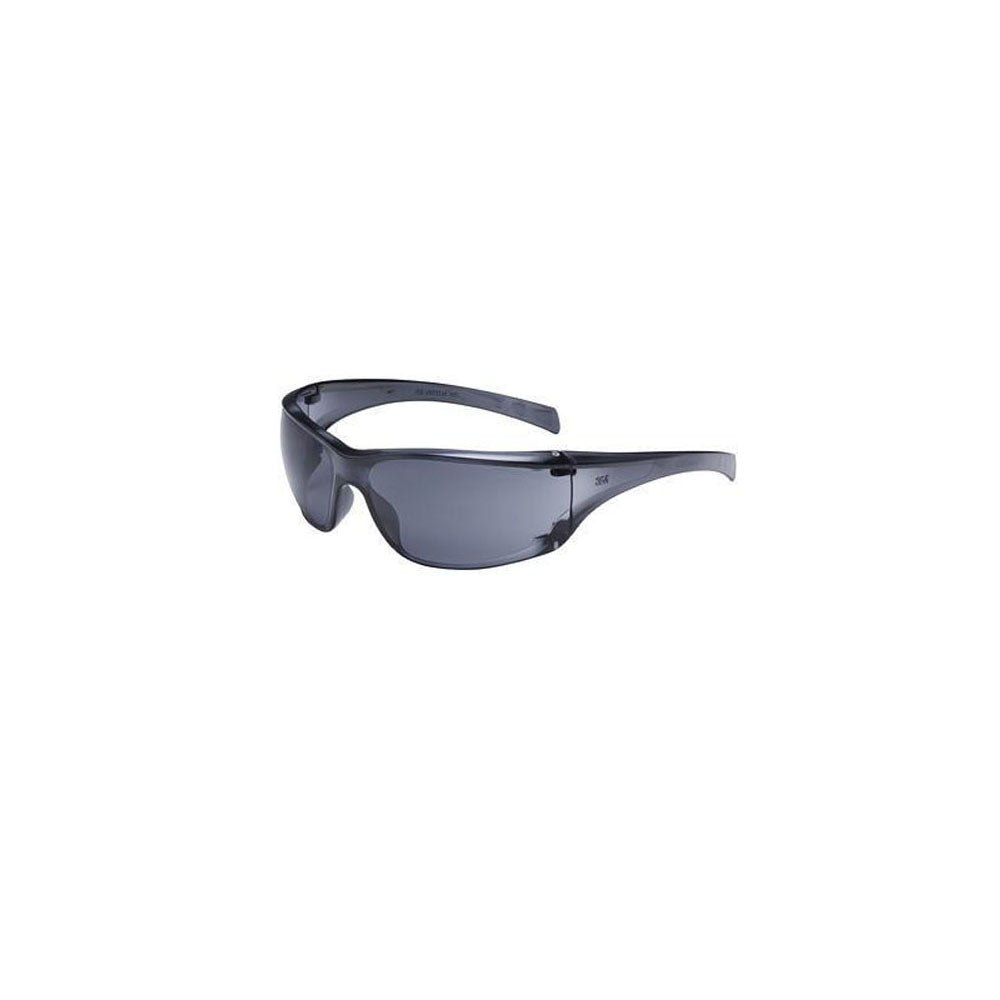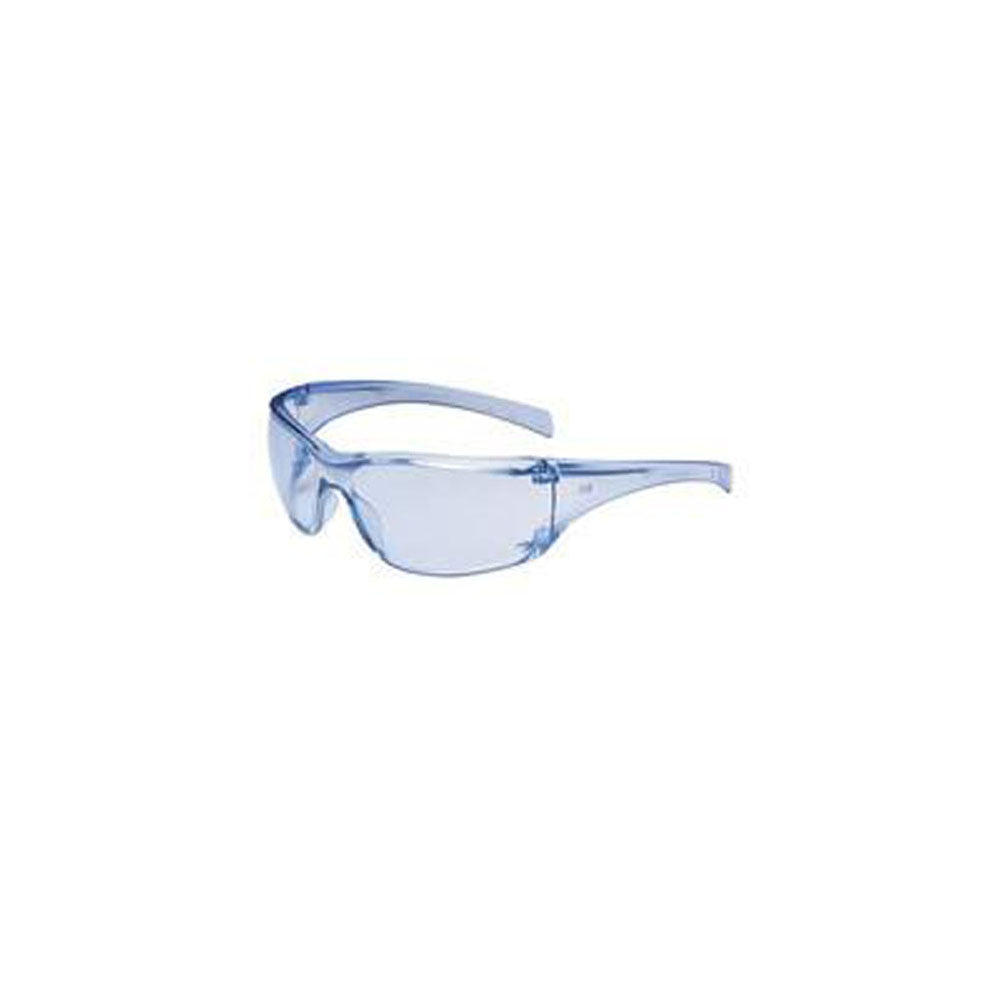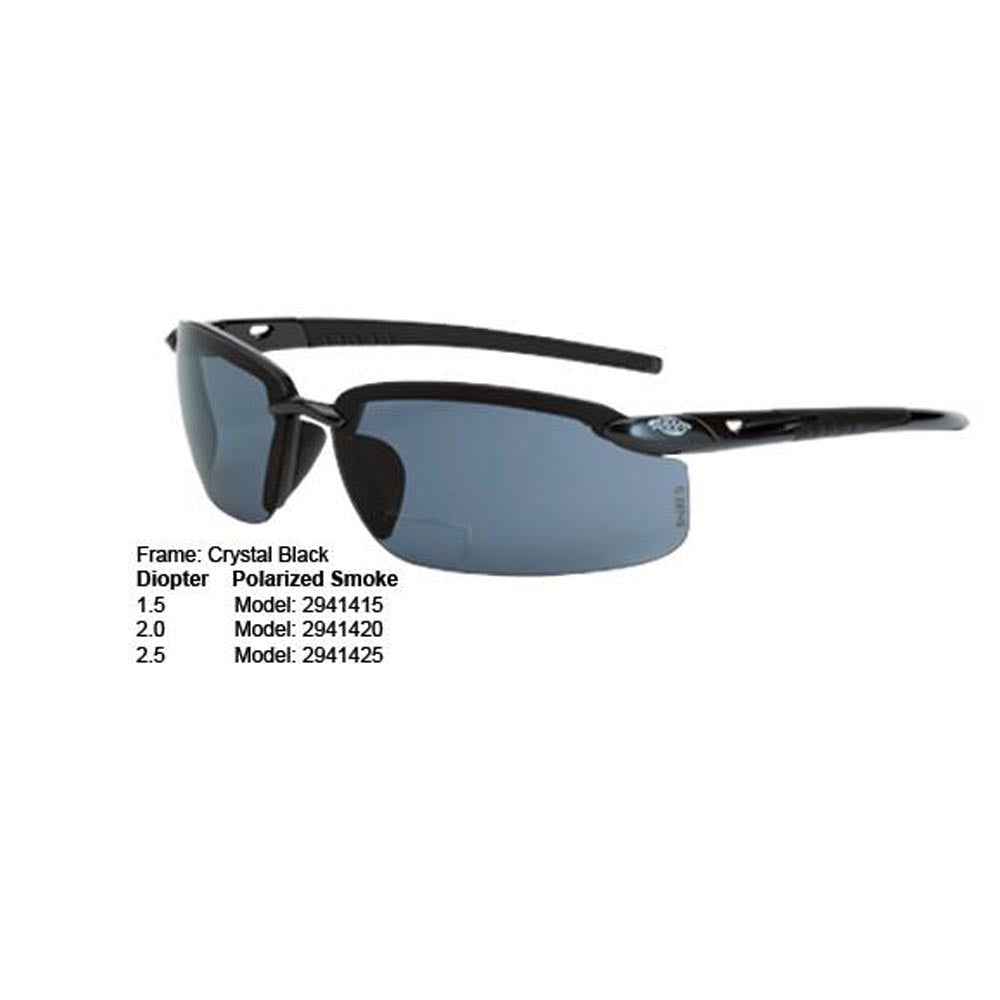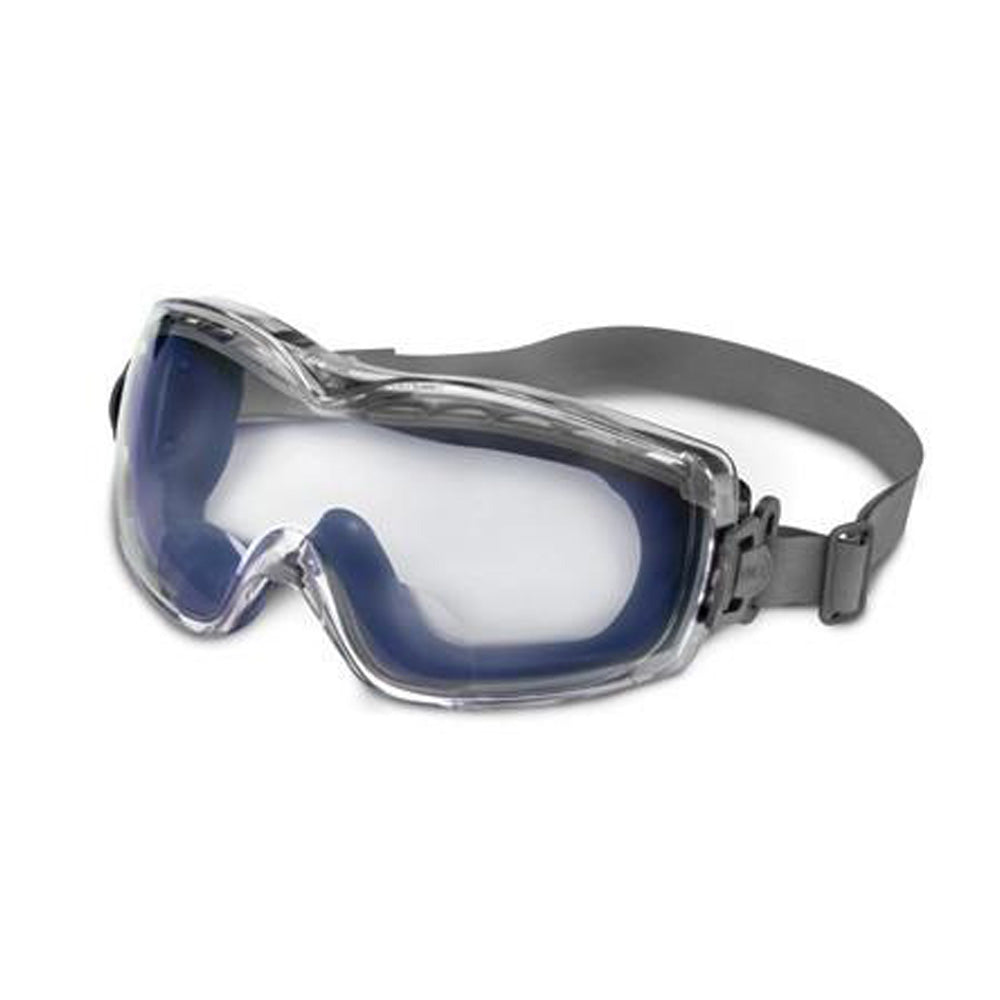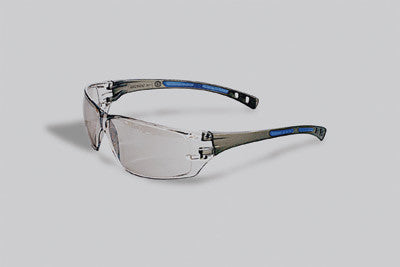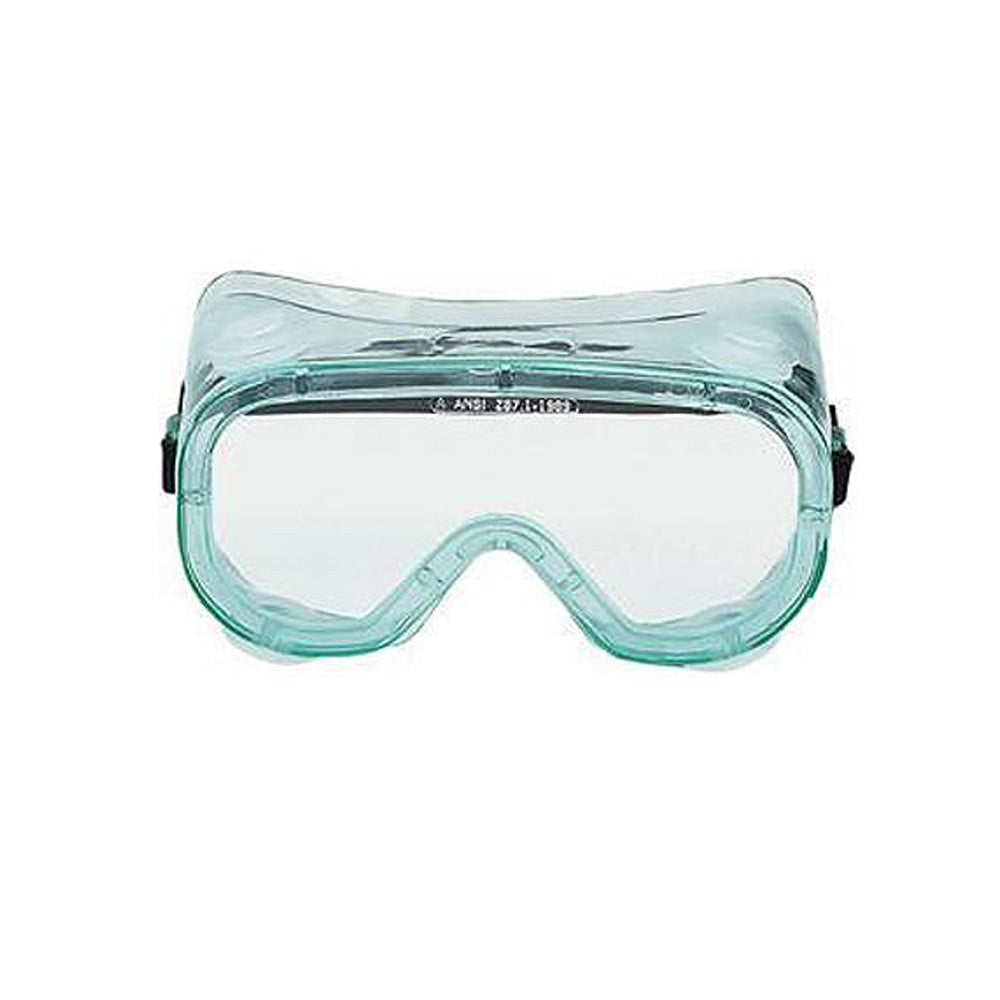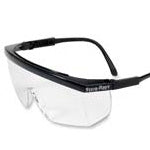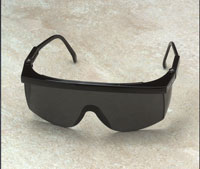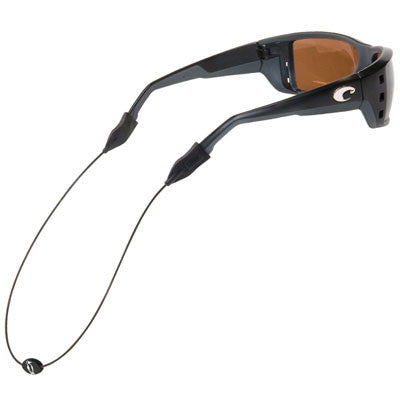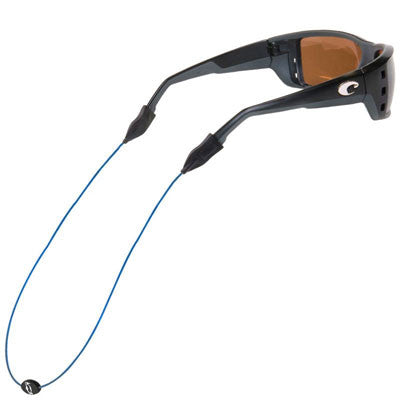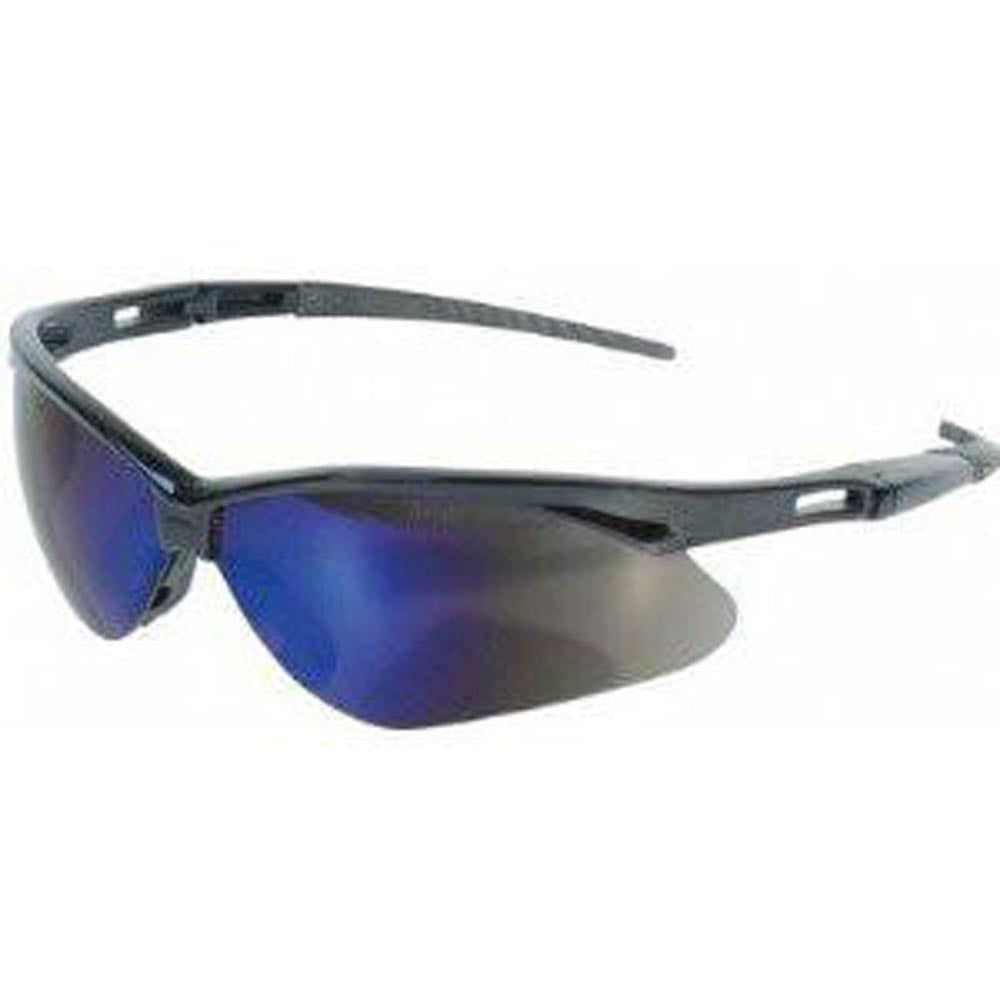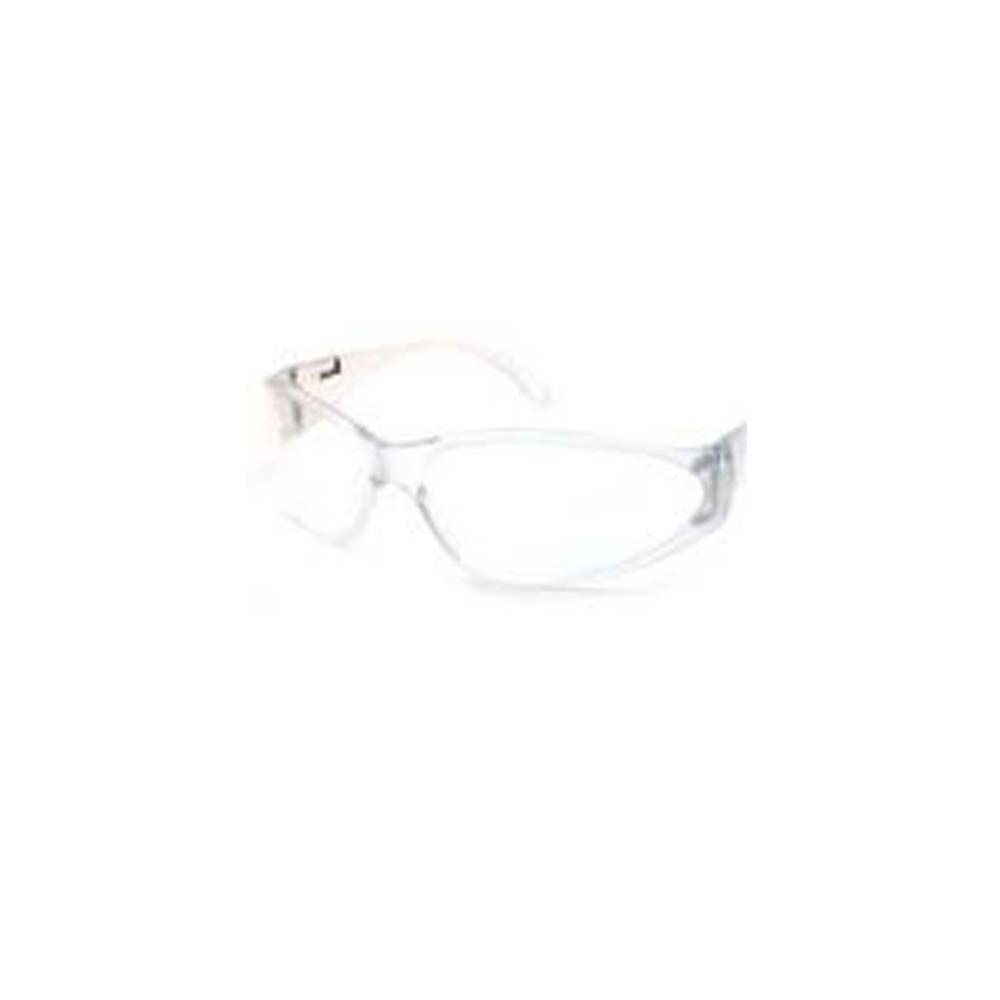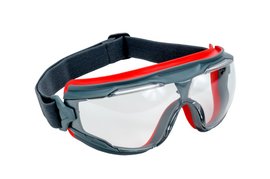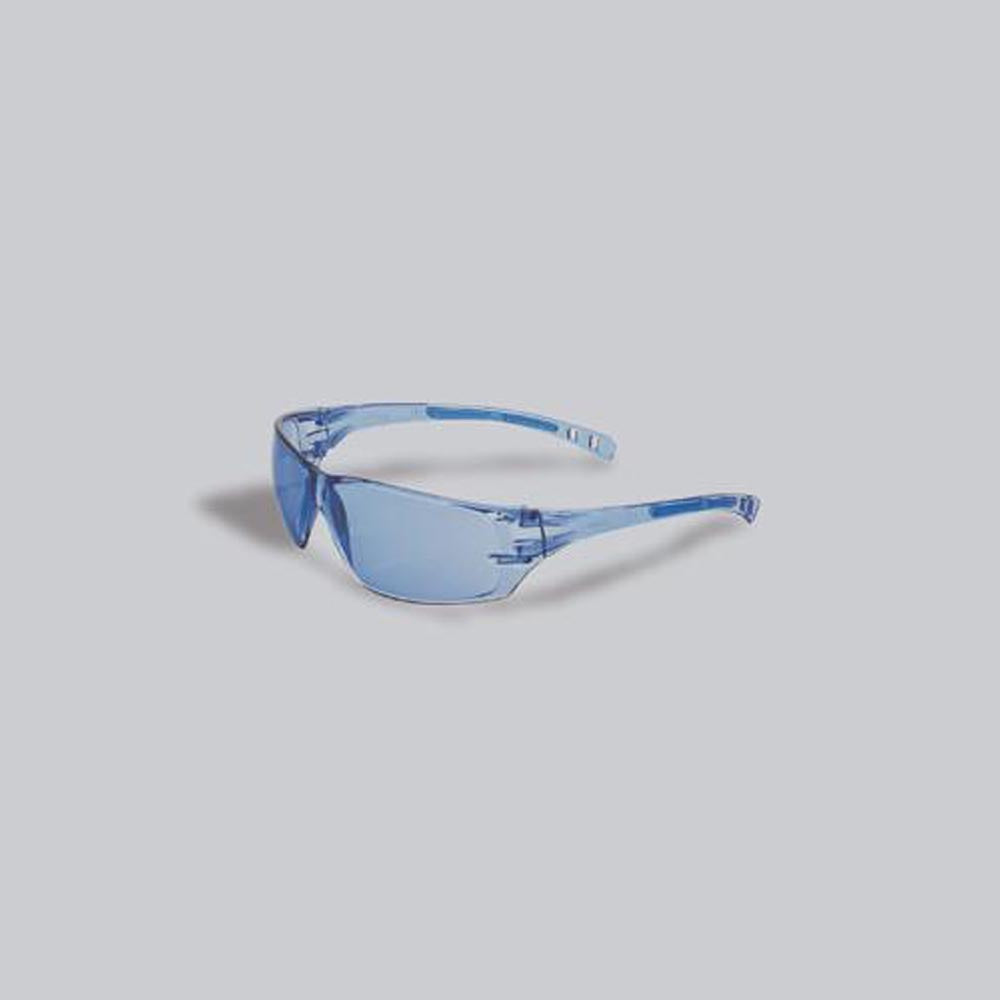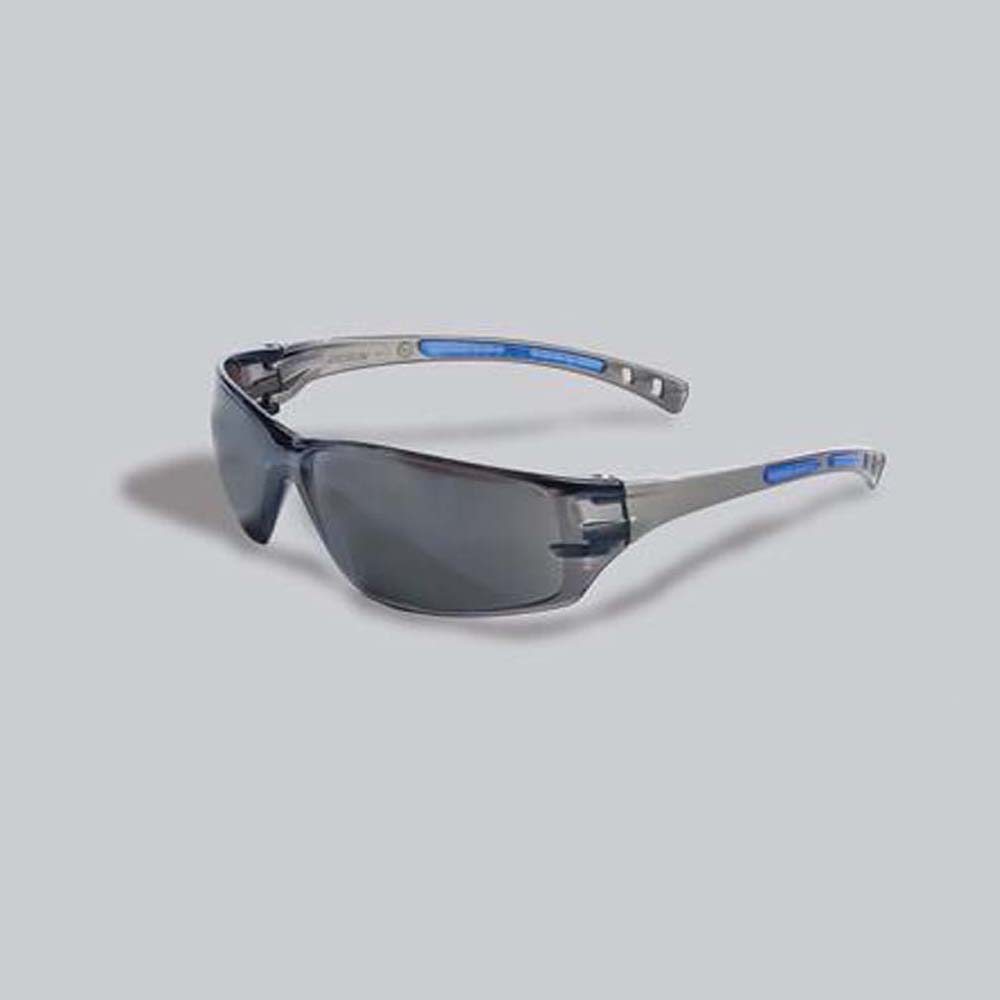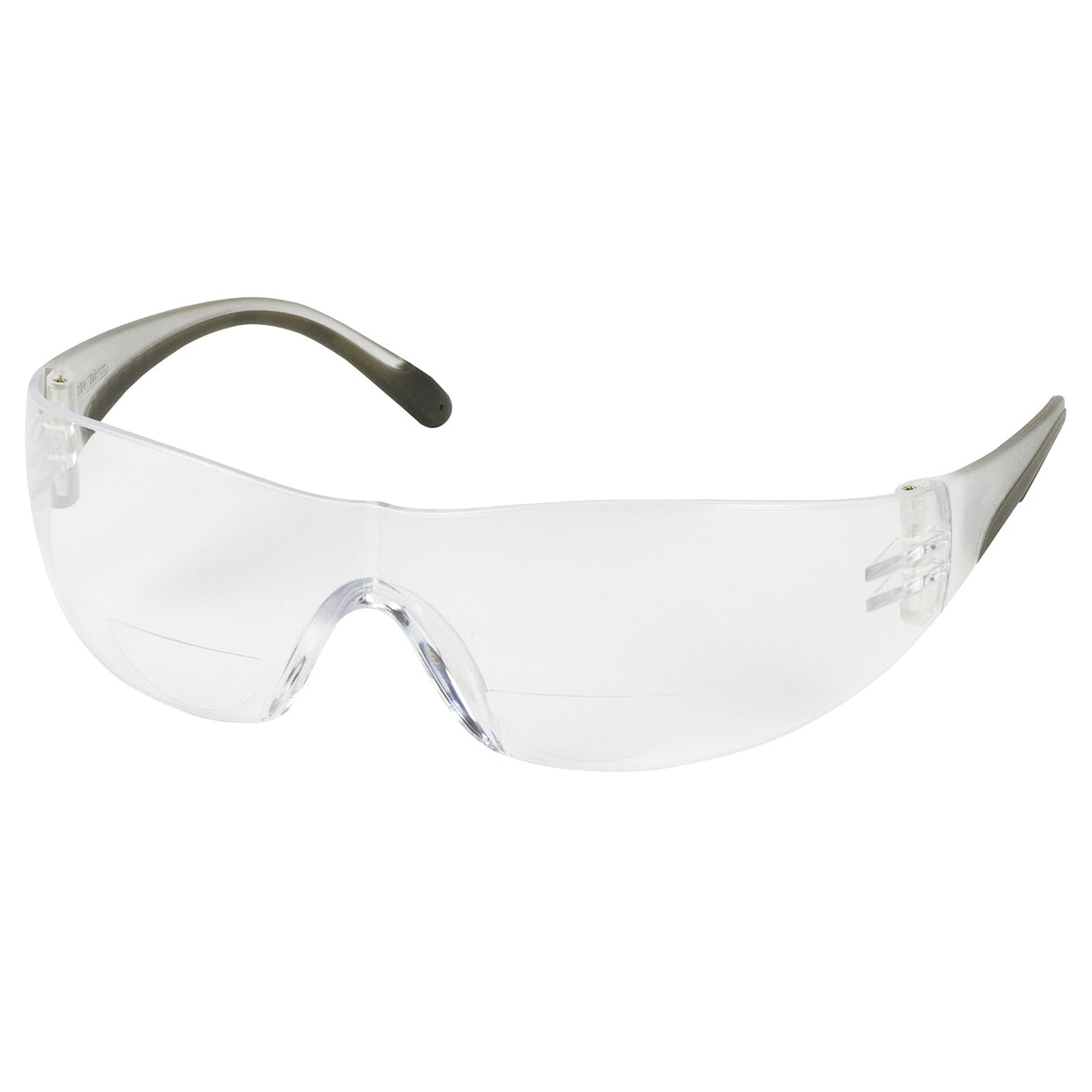Eyewear
Explore Eyewear for Clear Vision and Eye Protection
Welcome to our collection of eyewear, where clear vision and eye protection are paramount in various work and recreational activities. Eyewear is designed to provide you with the perfect balance of style, comfort, and safety for your eyes. Discover our selection of eyewear and experience top-tier eye protection without compromising on fashion or functionality.
Why Choose Eyewear:
-
Clear Vision: Our eyewear offers crystal-clear vision, reducing glare and enhancing your ability to see clearly in different conditions.
-
Eye Protection: Whether you need protection against flying debris, harmful UV rays, or airborne particles, our eyewear is designed to safeguard your eyes in various environments.
-
Style and Comfort: We offer a variety of eyewear styles, including safety glasses, sunglasses, prescription glasses, and goggles, ensuring you can find the perfect fit for your needs while looking stylish.
-
Durability and Compliance: Our eyewear complies with industry standards and regulations, assuring you of quality and safety.
Applications for Eyewear:
-
Workplace Safety: Professionals in industries such as construction, manufacturing, and healthcare rely on eyewear to protect their eyes from potential hazards on the job.
-
Outdoor Activities: Outdoor enthusiasts, from cyclists to hikers and hunters, benefit from eyewear that shields against UV rays, wind, and debris.
-
Fashion and Prescription Needs: Our eyewear includes options for those seeking stylish frames, prescription glasses, or sunglasses for everyday wear.
Browse Our Selection:
Explore our wide range of eyewear, available in various styles, lens types, and frame materials to meet your specific eye protection and fashion preferences. Whether you need eyewear for work, outdoor adventures, or everyday use, our collection offers certified safety solutions that prioritize your well-being.
Elevate your eye protection and style with our premium eyewear. Shop now to experience top-tier vision clarity and safety in any situation.
Shop by Category
Shop by Brand
Eye Safety
Each working day in the United States, more than 2,000 employees sustain job-related eye injuries, making workplace injuries a leading cause of ocular trauma, vision loss and blindless. Safety eyewear must have ANSI Z87.1-2003 (which means it is impact resistant) marked on the frame or lens.
Benefits of Wearing Sunglasses
According to the June 2007 issue of Occupational Hazards magazine, sunglasses help in two important ways: They filter light and they protect the eyes from damaging UV rays.
Mounting scientific evidence shows that long-term exposure to UV rays can lead to cataracts, macular degeneration or skin cancer around the eyelids. Encourage employees to choose sunglasses that:
- Reduce glare
- Filter out 99 to 100 percent of UV rays
- Protect the eyes
- Are comfortable to wear
- Do not distort colors
Outdoor workers should be aware that if they are in locations where sun glare off of water or snow is an issue, they should wear sunglasses with a darker tint to block more light. The risk of eye damage from the sun is greater because of reflection off the water and snow.
Eye Protection Information
The American National Standards Institute (ANSI) is dedicated to the safety and health of consumers, workers and the protection of the environment. To do this on a large level, the institute approves and issues testing standards and guidelines to protect consumers and workers from real life hazards. ANSI cannot set their standards as law because it is not a governmental organization and has no power to force employers to follow their standards. However, the standards can become mandatory by law if a governmental agency like OSHA (Occupational Safety and Health Administration) writes ANSI standards into occupational law.
The United States Federal Government has legislated, through its agency called OSHA, an extensive system of guidelines designed to keep its citizens safe and healthy at work. OSHA regulations are the basis for the product selection in our catalog. The standard for Occupational and Educational Personal Eye and Face Protection Devices is known as the ANSI Z87.1 standard, and is an OSHA law.
Why You Need to Purchase Eye Protection
OSHA estimates that over three million workers are at risk for jobrelated eye injuries, and more than 2,000 are actually injured every business day. Of these injuries, 10 to 20% result in temporary or permanent vision loss. Approximately 90% of these injuries are preventable with proper eye protection. OSHA requires employers to ensure that all employees use appropriate eye protection. It’s an investment worth making.
ANSI Z87.1-2015 prescribes the design, performance specifications, and markings of safety eye and face products, including safety goggles, spectacles, face-shields, and welding helmets. An updated standard, ANSI Z87+, incorporates new impact standards for protection, including chemical splash and dust protection. Our mission is to enable customers to comply with federal regulations most efficiently by offering a wide selection of the most popular safety products at competitive prices.
Things to Consider When Choosing Safety Eyewear
When it comes to safety eyewear, the right fit is essential for comfort, performance and most importantly, protection. If your safety glasses do not fit securely or there are large gaps in coverage, you risk a serious eye injury. Workers will be more likely to wear their safety eyewear if it fits them comfortably.
• Multiple frame sizes allow for the best fit
• Soft, flexible fingers or adjustable nose pads conform to fit almost any nasal profile
• An adjustable temple length feature or bendable wire core temple help provide a secure fit and more behind the ear comfort
• Ratcheting temples adjust the lens inclination to fit any cheek profile
Clear
• 90% of light is transmitted — remainder of light is blocked by coating on the lens
• Provides excellent optics for general applications
• Most popular lens
• Allows the majority of light to pass through the lens while not distorting the visible color spectrum
• General purpose providing maximum impact protection and maximum visibility
Gray
• 13% of light transmitted
• Reduces the amount of light that passes through the lens
• Commonly used in construction or outdoors where sunlight and glare cause eyestrain and fatigue
Indoor/Outdoor Clear Mirror
• 36% of light is transmitted — allows more light through than other tinted lenses
• Clear lens with a mirrored coating on the outside
Amber
• 80% of light transmitted
• Excellent for maximum contrast enhancement, particularly in low light situations
• The amber lens color blocks virtually all blue light to reduce haze and glare making all blue look black or gray
• The disadvantage is that when you eliminate blue light, you distort color recognition
Mirror — Silver, Blue
• 9% to13% of light is transmitted
• Gray lens with mirrored coating on the outside
• Commonly used in construction or outdoors where sunlight and glare cause eyestrain and fatigue
• The “mirror” coating reflects light reducing the amount of light that passes through the lens
Polarized
• 13% of light transmitted
• Reduction of reflected light (glare)
• Improves optical clarity and enhances contrast and depth perception
• Minimizes eye fatigue
Filter Shade
• Protects against ultraviolet and infrared radiation that is generated when working with molten metal and in welding, cutting, soldering and brazing operations
• Marked with a number on the lens indicating the shade number
• Gray Infrared (IR) filters for true color recognition
• Gray Filter 3.0 lens: 12% of transmitted light
• Gray Filter 5.0 lens: 2% of transmitted light
• Green Filter 2.0 lens: 30% of transmitted light
• Green Filter 3.0 lens: 12% of transmitted light
• Green Filter 5.0 lens: 2% of transmitted light
Welding Filter Shade Section Recommended
Operation* Filter Shade
Torch Soldering 2
Torch Brazing, Soldering 3
Light Cutting up to 1" 3
Medium Cutting 1" to 6" 5
Heavy Cutting more than 6" 5
Gas Welding, light, up to 1⁄8" 5
Gas Welding, medium, 1⁄8" to 1⁄2" 5
*Indicates thickness of material to be cut
The National Institute for Occupational Safety and Health (NIOSH) reports that every day about 2,000 U.S. workers sustain job-related eye injuries that require medical treatment. However, safety experts and eye doctors believe the correct eye protection can lessen the severity or even prevent 90 percent of these eye injuries.
The Occupational Safety and Health Administration (OSHA) requires workers to use eye and face protection whenever there is a reasonable probability of injury that could be prevented by such equipment. Personal protective eyewear, such as goggles, face shields, safety glasses or full face respirators must be used when an eye hazard exists. The necessary eye protection depends upon the type of hazard, the circumstances of exposure, other protective equipment used and individual vision needs.
Safety eyewear must have ANSI Z87.1-2015 (which means it is impact resistant) marked on the frame or lens.




